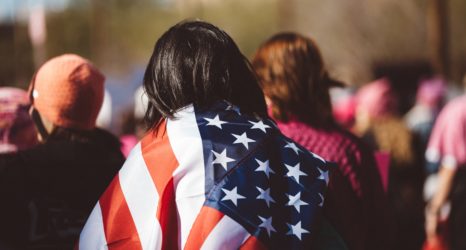Despite significant setbacks, the last decade was one that saw many gains for women in the U.S. We expanded our political power, broke a lot of glass ceilings and logged many firsts. Here are some highlights.
Women Gained Political Power

Over the last decade, women’s political representation has grown significantly, and diversified, at both the federal and state levels.
Most famously, Hillary Clinton became the first woman to ever win a major party’s nomination for president and the first woman to win the popular vote in a presidential election, earning the support of more voters than any previous presidential candidate aside from Barack Obama in 2008.
In the U.S. House of Representatives, the number of women grew from 73 to 126 between January of 2010 and December of 2019, an increase from 16.8 percent to 23.5 percent. Women in the Senate grew from 17 to 25, an increase from 17 percent to 25 percent. Women of color are now 47 of the 151 women in Congress (37.3 percent).
Over the decade, we saw many firsts: In 2012, Mazie Hirono (D-HI) became the first Asian Pacific Islander women in the Senate, Tammy Baldwin (D-WI) became the first openly lesbian Senator and Kyrsten Sinema (D-AZ), who later became the first openly bisexual Senator, became the first openly bisexual person in Congress; in 2013, New Hampshire became the first state to have all-female Senators and Representatives; and in 2016, Tammy Duckworth (D-IL) became the first disabled female Senator, Catherine Cortez Masto (D-NV) became the first Latina Senator. In 2018, among other historic wins, Sharice Davids (D-KS) and Deb Haaland (D-NM) became the first Native American women elected to Congress, Ilhan Omar (D-MN) and Rashida Tlaib (D-MI) became the first Muslim women elected to Congress and, at the age of 29, Alexandria Ocasio-Cortez (D-NY) became the youngest woman ever elected to Congress.
With the confirmation of Justice Elena Kegan in 2010, women became one third of the Supreme Court for the first time in history. In 2015, Loretta Lynch was the first Black woman to be Attorney General and Hillary Clinton was the first ever major party candidate for President in 2016.
At the state level, the number of women in state legislatures grew over the decade from 1,797 to 2,137 (24.3 percent to 28.9 percent) and 541 are women of color (25.3 percent). In 2014, Maura Healey (D) was elected Massachusetts attorney general, becoming the first openly gay state attorney general elected in the United States as well as the first openly gay woman to be elected to any statewide office in the country. The same year, Ivy Taylor became the first woman of color to be Mayor of one of the 10 largest cities (San Antonio). In 2017, Danica Roem (D-VA) became the first openly trans person to be elected in a state legislature. In 2019, Nevada became the first state to have a majority of female state legislators.
Women Are Now a Majority of Students at Law Schools and Medical Schools
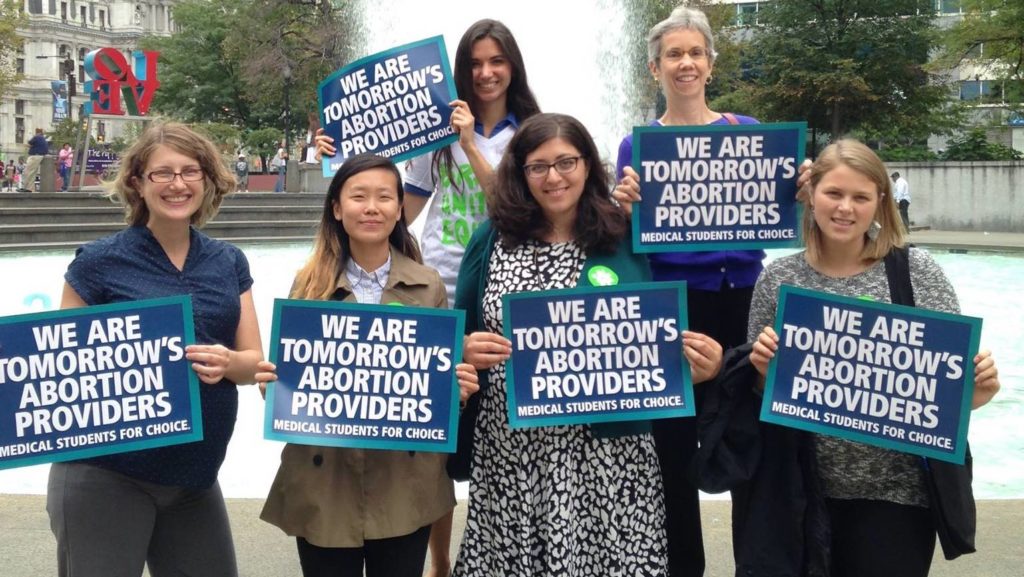
Women are also increasingly breaking into professional schools. Women became the majority of law school students for the first time in 2016 and today are 54 percent of all students in law schools. Women became the majority of medical school students for the first time in 2019 (50.5 percent). And women are 39 percent of business school students in 2019, up from 32 percent in 2011.
Women Won Increased Access to Health Care, Including Contraception and Abortion
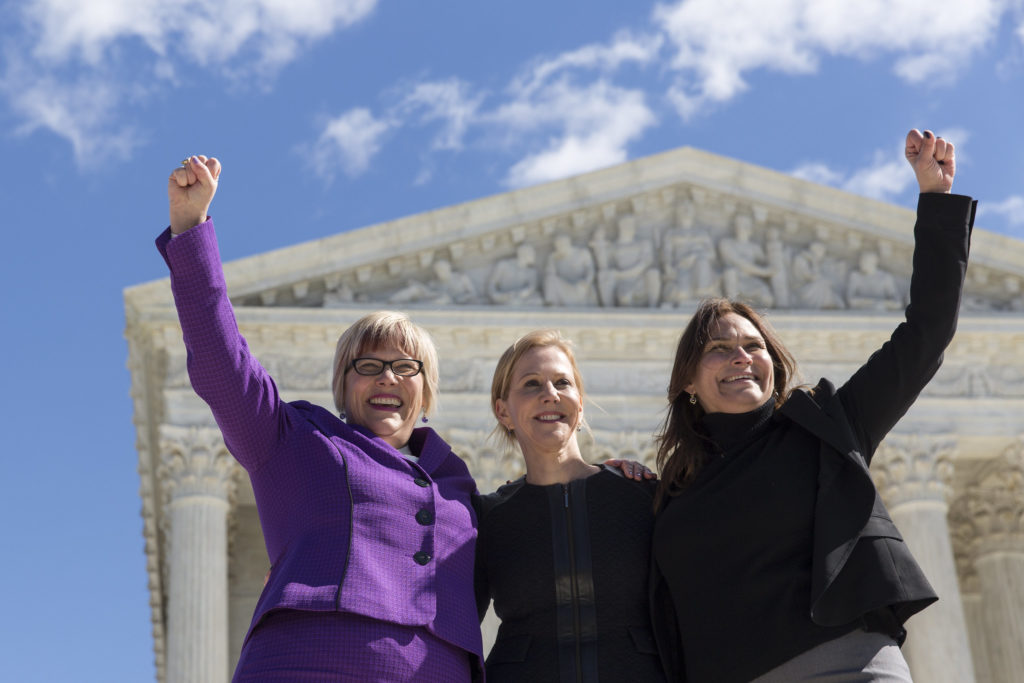
Between 2010 and 2019, the rate of uninsured women decreased by almost half. The Affordable Care Act prohibited sex and race discrimination in health insurance and prohibited insurers from denying women coverage because of a preexisting condition, 68 million women a year, or because of pregnancy—6 million women a year. In 2012, the Obama administration required employers to cover contraception without deductibles or co-pays, which significantly increased access to contraception and contributed toward a decrease in the rate of unwanted pregnancies and abortion. The percentage of privately insured women who paid nothing for birth control rose from 15 percent in 2012 to 67 percent in 2014 and by 2017, 58 million women had contraception coverage without cost sharing. States are also protecting contraception access, with 14 states prohibiting copays and cost-sharing for birth control and 29 states requiring insurance companies to provide coverage of birth control if they cover any other prescription drugs.
This increase in contraception access has led to steep declines in abortion rates. In 2017, 13.5 abortions were perfromed per 1,000 women—the lowest abortion rate since Roe v. Wade in 1973. The rate has continued to drop each year, thanks to the increased use of long-acting reversible contraceptives (LARCs), such as IUDs and implants. Abortion has also continued to become a safer and easier procedure, with 39 percent of abortions currently being performed using medication instead of surgical procedures, up from 23 percent in 2011.
In 2016, Whole Woman’s Health v. Hellerstedt led to the Supreme Court striking down two major TRAP laws that put an undue burden on people seeking baortion in Texas. They reaffirmed the right to access legal abortion and shut down attempts to force abortion clinics to close. Today, the self-managed abortion movement is emerging as a way for women to control their own bodies and terminate their pregnancies at home in a comfortable environment.
Marriage Equality Became a Reality in All 50 States
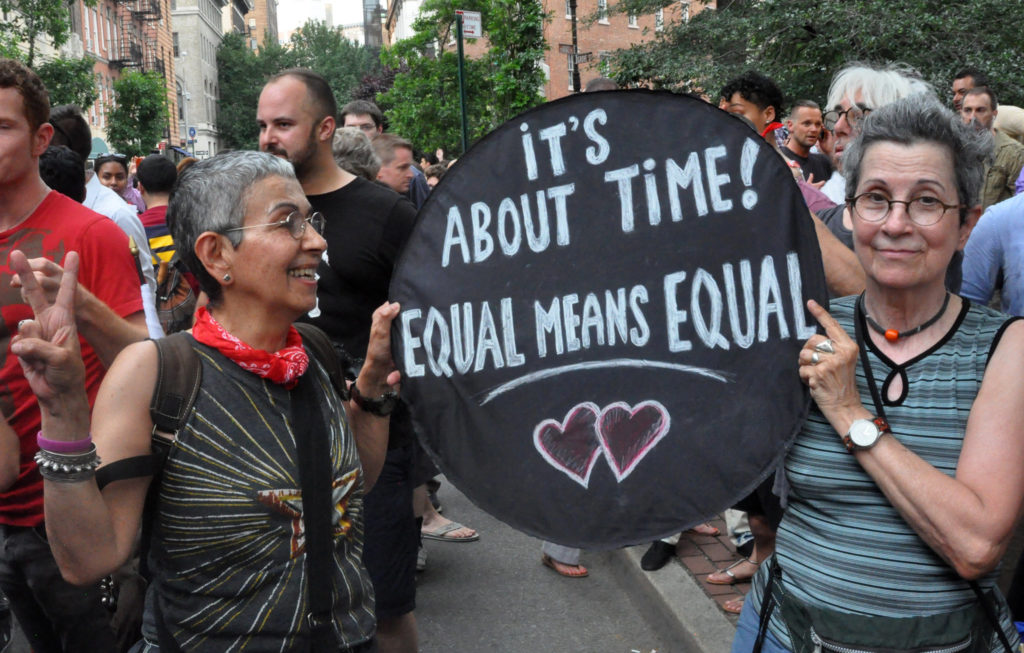
In 2010, only a handful of states had legalized gay marriage, all by court decision, and the federal “Defense of Marriage Act” (DOMA) defined marriage as excluding same-sex partners and allowed states not to recognize out-of-state same-sex marriages. But in 2012, Maine, Maryland and Washington became the first states to legalize same-sex marriage through popular vote. Then in 2013, in U.S. v. Windsor, the Supreme Court struck down DOMA’s federal ban on recognition of same-sex marriage. Two years later in Obergefell v. Hodges, the Supreme Court struck down all state bans on same-sex marriage, legalizing marriage equality in all fifty states and requiring states to honor out-of-state same sex marriages.
Pregnant and Parenting Women Won Employment Accommodations and Paid Leave
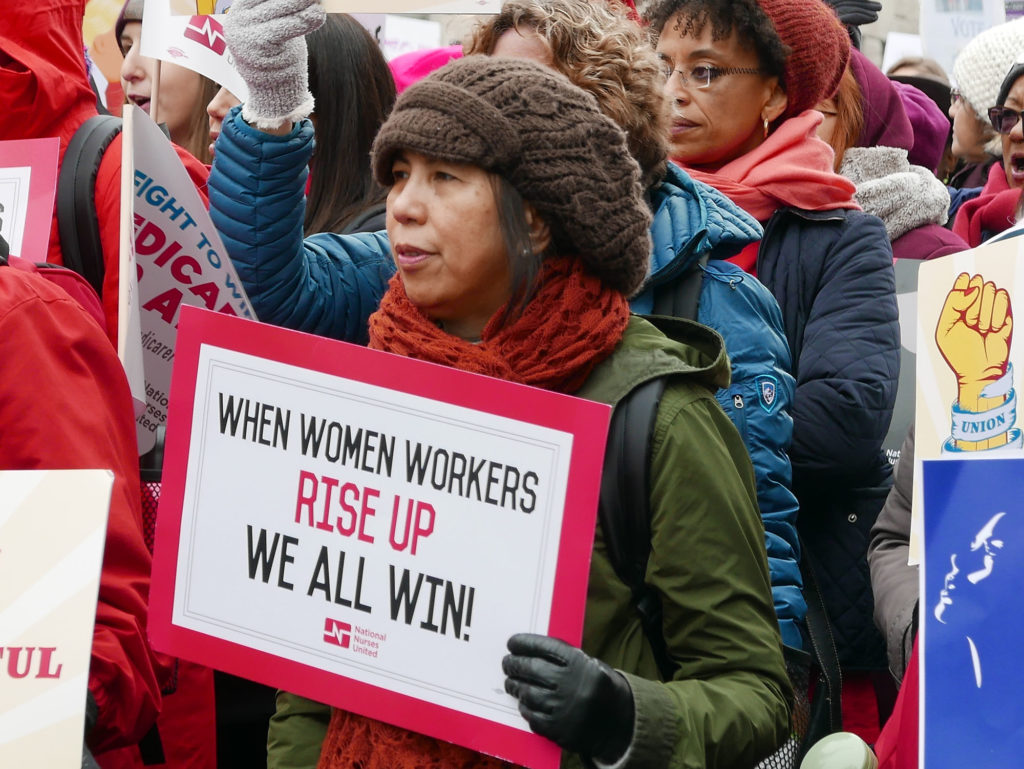
In the past few years, 23 states and D.C. enacted laws requiring employers to accommodate pregnant workers. In 2015, in Young v. United Parcel Service, the Supreme Court ruled that employers must provide accommodations for pregnant workers if they also provide accommodations for other workers. UPS paid $2.25 million to settle the case.
Several states passed paid family leave, including Connecticut, D.C., Massachusetts, New York and Rhode Island, and 10 states and D.C. enacted paid sick leave over the decade. And in December of 2019, Congress voted for the first time to create paid family leave for all federal employees.
Also, the Affordable Care Act for the first time required health insurance to cover breastfeeding support and counseling as well as the cost of breast pumps. The Act also required employers to provide time off for breastfeeding.
Women Made Headway in Combating Violence
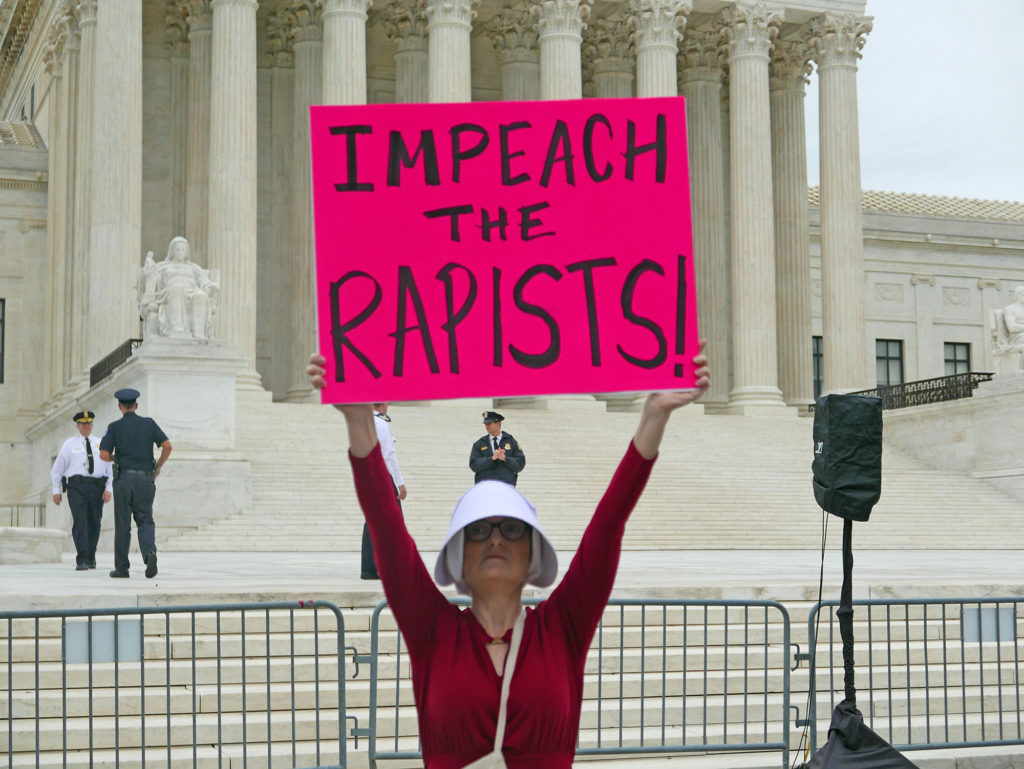
In 2013, the FBI changed their legal definition of rape to acknowledge that rape is defined by the lack of consent, not necessarily a “forcible” attack. They also broadened the definition to include victims and perpetrators of all genders, as well as sex acts other than just vaginal penetration.
On college campuses, Obama-era Title IX guidelines stated that sexual violence is covered under Title IX and lowered the standard of evidence needed to prove that sexual assault occurred. As a result of those guidelines, five states have passed laws requiring colleges to use the affirmative consent standard. That standard relies on the “Yes means yes” model, where the absence of a verbal “no” is not consent.
There have also been movements across the country to force states to finally analyze hundreds of thousands of backlogged rape kits. A growing number of states have taken action to ensure that their kits get tested in a timely manner, to help sexual assault survivors in their fight to obtain justice.
In 2013, the Violence Against Women Act was reauthorized, providing critical resources to survivors, including LGBTQ communities, and the Act expanded tribal jurisdiction to prosecute non-Native perpetrators for violence against women.
Online, “revenge porn,” or spreading intimate photos of someone without their consent, has emerged as a hazard of our digital lives. Since 2014, when revenge porn became a mainstream issue, 46 states and D.C. have passed laws criminalizing nonconsensual distribution of private images. Women have also used creative strategies to protect themselves, including using existing state laws against stalking and voyeurism, as well as copyrighting images of themselves and then filing for copyright infringement. The proposed SHIELD Act would extend revenge porn protections to the entire country, making it easier for women to fight back.
Women Demanded Cultural Change on Sexual Harassment and Won Stronger Laws
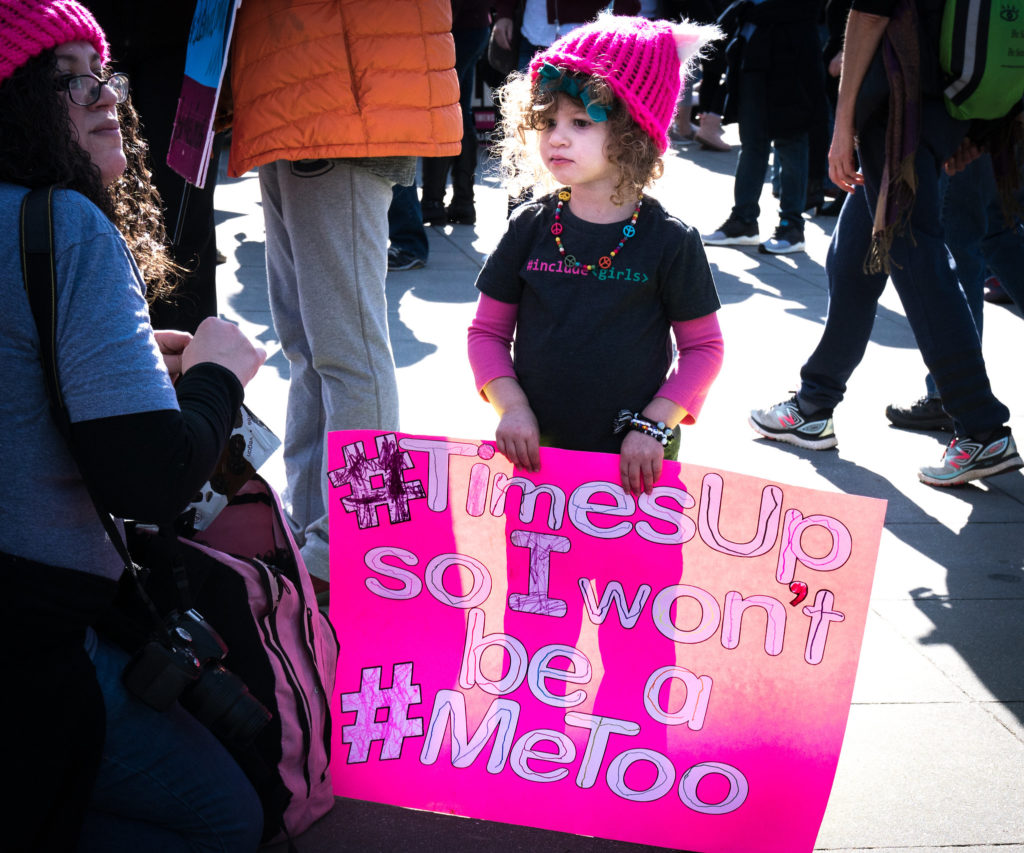
The #MeToo movement has become one of the fastest growing and most influential women’s rights campaigns in the U.S. Starting in the fall of 2017, female celebrities, athletes, activists and women around the world have called out sexual harassment in their workplaces, schools, social lives and on social media. As a result, sexual harassment has become nationwide news, and conversations about sexism and double standards have taken place across the country. Women have been able to push back on the idea that harassment is a normal or expected consequence of living everyday life, and have shown men just how prevalent of an issue it is.
In response, many states strengthened their sexual harassment laws, including limiting nondisclosure agreements, stopping forced arbitration, expanding what conduct is covered and extending coverage to more employees. Congress enacted regulations that make it easier for Congressional employees to report sexual harassment and provide more transparency about politicians who settle sexual harassment cases.
Women (and Girls) Moved to the Front Lines
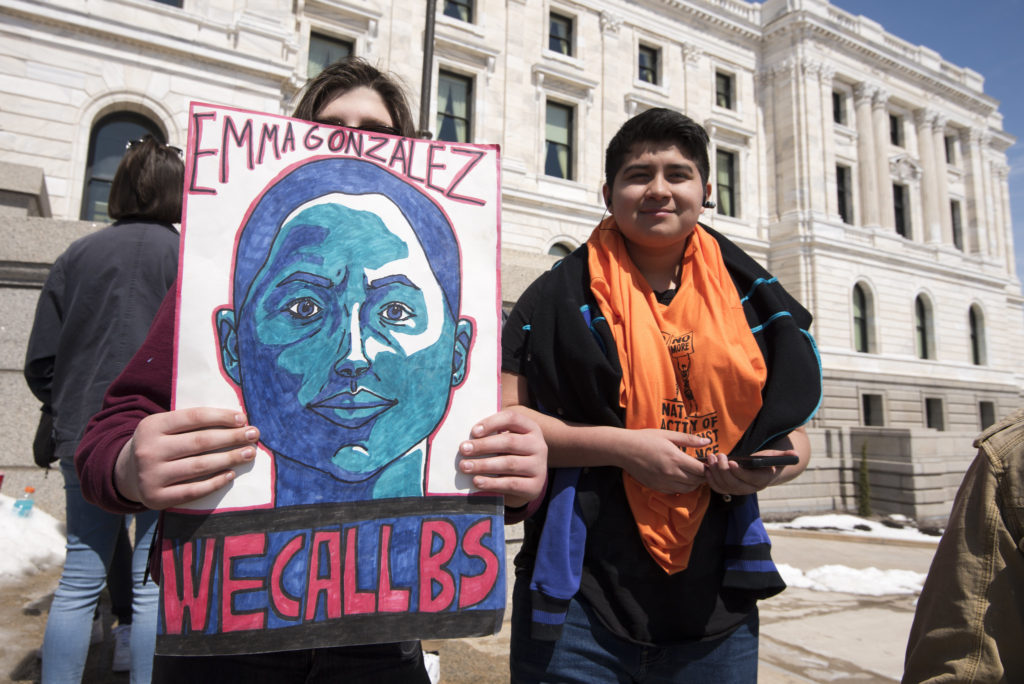
Starting with the first Women’s March in January 2017, women have been more politically engaged and aware than ever before. Millions of women took to the streets across the country to rally in support of women’s rights and protest against the Trump administration. Later that year, Merriam-Webster named “feminism” their Word of the Year, acknowledging how women are becoming more politically active.
Many more women are embracing the word “feminist,” with 48 percent of U.S. women identifying as a feminist in 2018, up from just 23 percent in 2013. Younger women are even more likely to identify as a feminist, so this political activism is not likely to fade away. Women are ready to vote, run for office, protest and fight for their rights in any way they can.
Women also led many of the major political mobilizations during the decade, including Black Lives Matter, the Dakota Access Pipeline protests and the March for Our Lives gun control protests.
While we are clearly facing many setbacks in the United States and we’ve got a long way to go, we need to remember the progress we’ve made and celebrate the massive mobilization of women fighting back!




